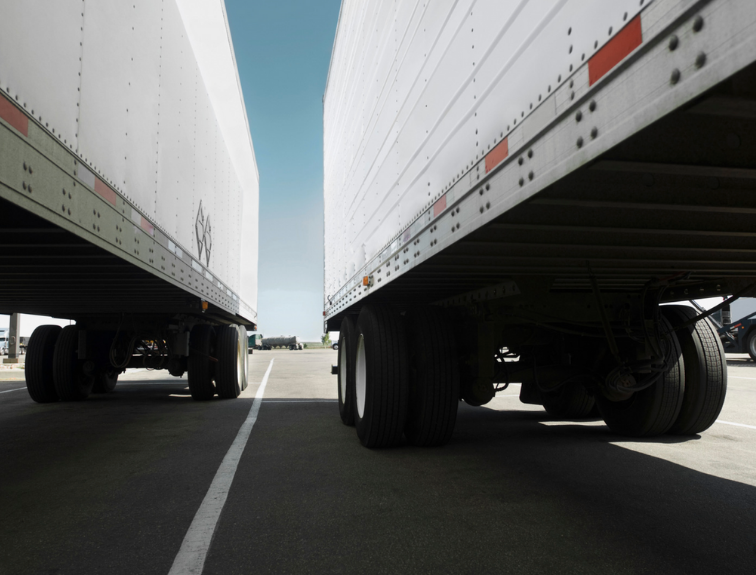The 8 Trailers Truckers Will Tow

Getting into the trucking industry, you’re going to be driving many different types of trucks and towing different trailers carrying cargo of all types. Truck drivers can find themselves towing everything from food and any sort of goods to auto parts to entire vehicles to even houses.
The trailers required to properly transport those goods vary widely, as you may imagine. Trailers may vary significantly in terms of size and have different requirements and state roadway regulations, giving a wildly different driving experience for the driver. It’s important to know, then, what kind of trailer you’re hitching to your rig.
Here are 8 common types of truck trailers that you may, in your time as a truck driver, find yourself driving.
1. Standard Freight Trailer. This is the most common trailer, and are used to carry most boxed, crated, and palletized freight. They are the rectangular-shaped trailers that most people associate with semi-trucks. Coming in lengths varying from 28’ to 53’ and widths from 96” to 102” and generally are between 12.5’ and 13.5’ in height. While most Standard Freight Trailers have an axle-to-wheel ratio of 2:8, heavy loads use a 3:12 or 4:16 ratio.
2. Refrigerated Truck Trailers (commonly known as “Reefer” trailers) have a cooling unit installed in the trailer, commonly toward the front, and are insulated to transport perishable, refrigerated, or frozen goods. In general, Reefer Truck Trailers come in the same dimensions as a Standard Trailer, with the only real difference being the refrigeration attached to the front, and the fuel tank stored beneath the trailer.
3. Container Skeletal Carriers are designed to transport international cargo containers that can range from 20’ and 45’ in length. Some come in adjustable configurations to accommodate containers of varying sizes. They carry the standard 2:8, 3:12, and 4:16 axle/wheel configurations depending on load weights.
4. Platform, or Flat Bed, Trailers consist of a flatbed trailer with no roof or sides. They are designed to haul oversize cargo that won’t fit inside a standard freight trailer, or for materials that need to be loaded or unloaded from the top or side of the trailer. They run up to 48’ in length and carry a variety of materials.
5. Platform Drop deck/Gooseneck Trailers are used if you are carrying oversized or special cargo similar to a flatbed. They are used for cargo with special needs with minor differences to flatbed trailers. They have a similar feel to a standard platform trailer but also include a raised bed or gooseneck.
6. Car Carrier Trailers are designed to transport cars, trucks, and similar vehicles. They generally have two levels, and a series of ramps designed for the loading and unloading of vehicles.
7. Deep Drop Furniture/Electronics Trailers are often employed for relatively large, bulky, and light cargo. They feature a lower rear deck to allow a greater cargo capacity capability. As the name suggests, furniture and electronics are often transported in these types of trailers.
8. Timber Trailers are what you’ll find yourself towing if you’re working in the logging industry. Essentially a flatbed trailer equipped with vertical stakes designed to hold logs into place, Timber Trailers are sometimes called “Loggers.”


